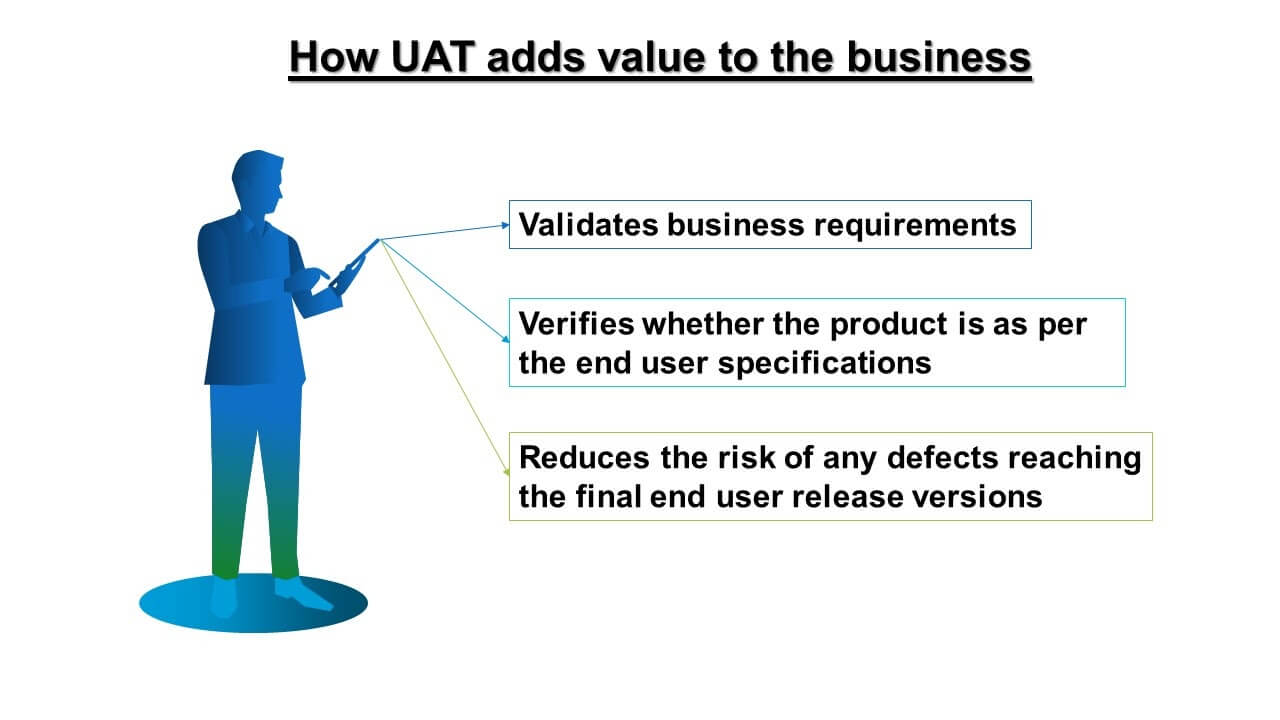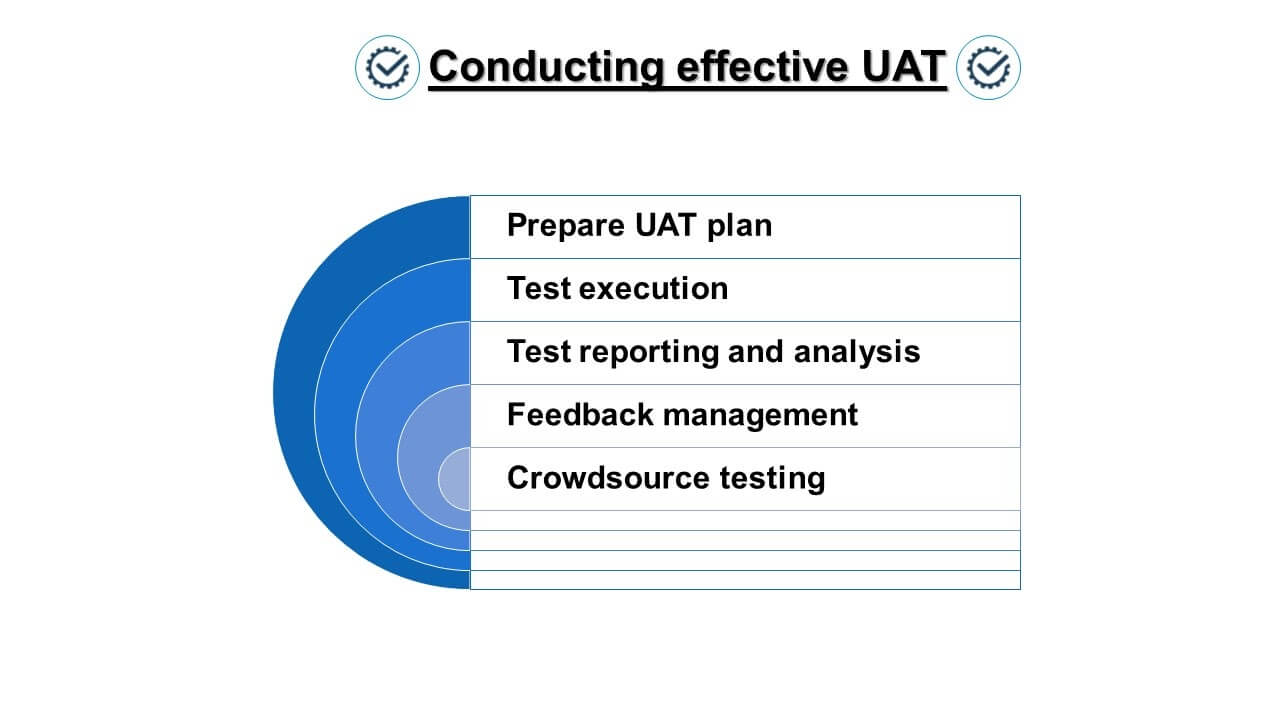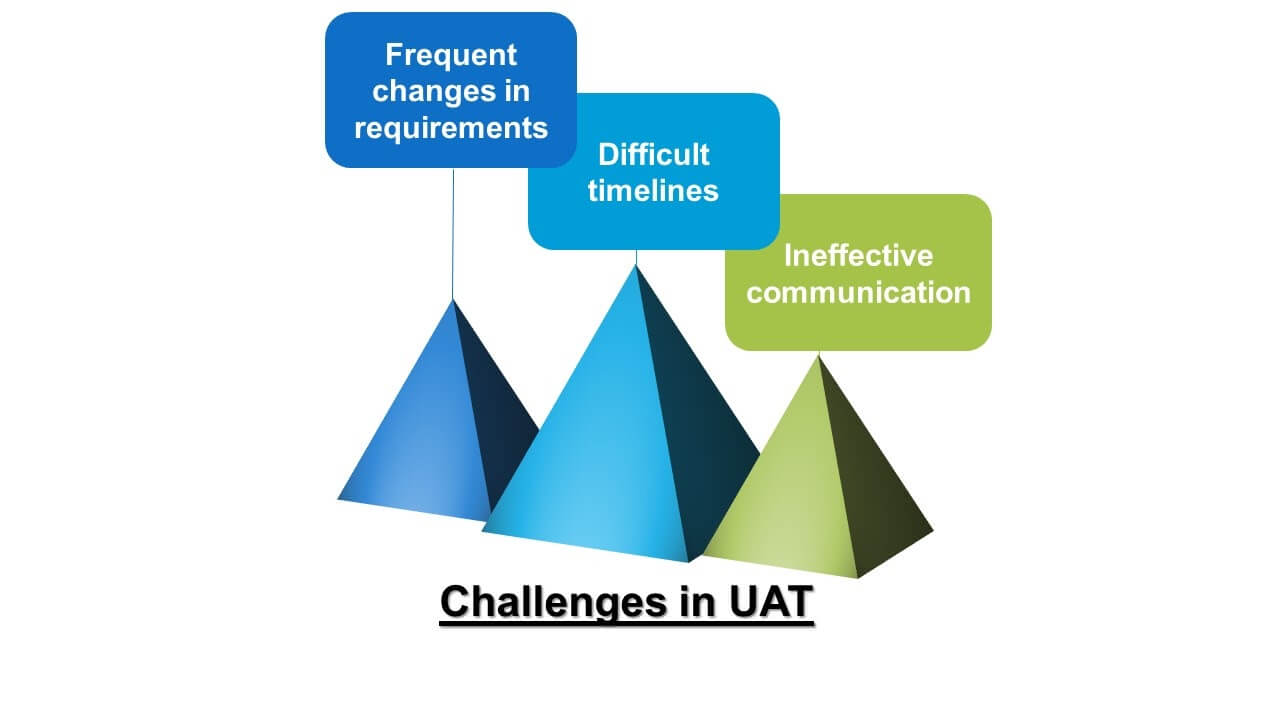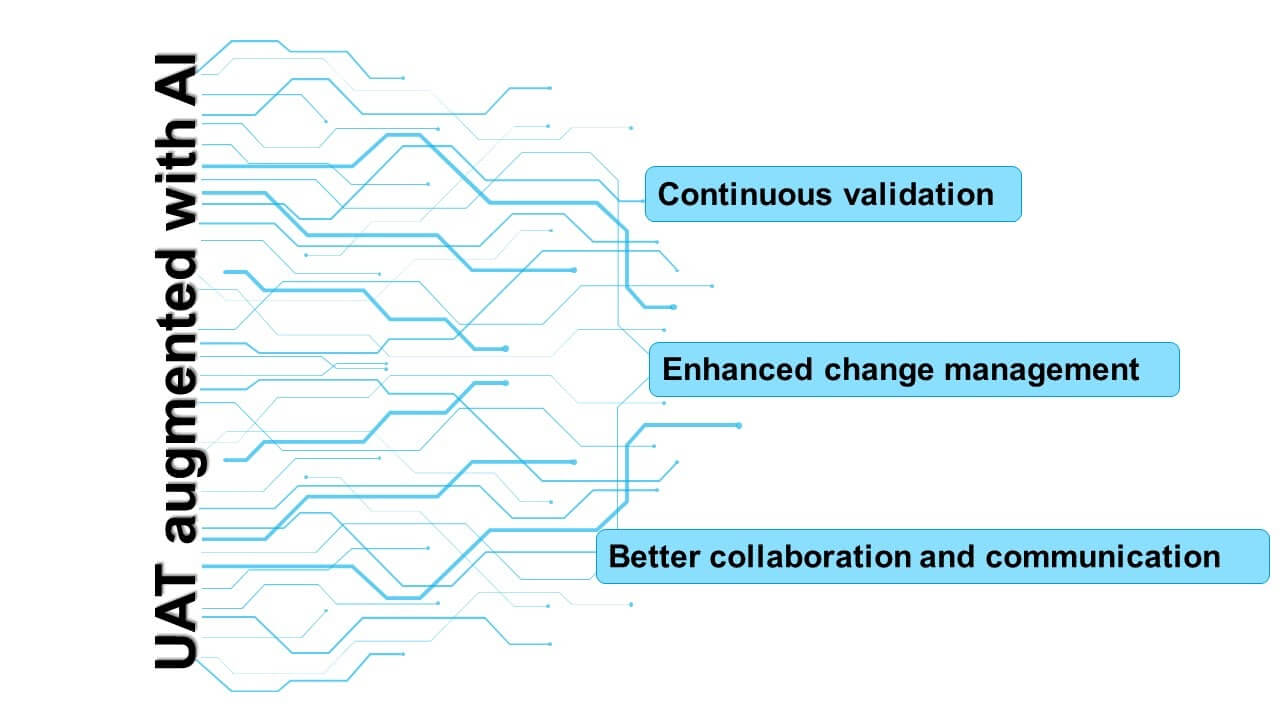
Digitization and automation have revolutionized the way the world perceives services, devices, tools, etc. Automation has permeated almost all fields, be it applied sciences, finance, pure sciences, healthcare, research, education, retail, manufacturing, and the list goes on. Consequently, the demand for high-end software has risen exponentially. In this competitive world, software development organizations have to ensure the digital happiness of their customers for sustainable business and their continued patronage.
User acceptance testing is conducted to ensure that the application under development satisfies the acceptance criteria for specified user requirements, functionality expectations, and business scenarios.
User acceptance testing is essential when an organization is contracting out its software development and looking to measure the delivered software against the original expectations.
Consider a scenario where a business venture outsources software development for their business unit within a stipulated time frame. After initial meetings between the stakeholders from both setups, the development process starts.
Frequent builds have to be rolled out to ensure that software is shaping up as per the customer’s expectations. Before the final rollout of the build for the customer, your business team wishes to conduct acceptance testing to ensure that there are no unexpected issues later since the cost of fixing defects after release is much higher.
Here, a speed bump is encountered since no time or resources are allocated to conduct user acceptance testing. If you are in the position of being tasked with the UAT for your company with no resources or time ……we feel your pain!!!
You are now in a Catch-22. If you release the software without UAT, then there are chances of having defects in the build that goes to the end customer. And if UAT is conducted (which was not originally part of the development and delivery plan), then the whole release schedule gets delayed. And you have neither the time nor the resources to get this done. Either way your upper management is NOT going to be happy, as the project was critical enough to get funded and will impact the business if it does not get completed on time.

UAT adds value to business by validating all business requirements and ensuring that the end product is as per the customer specifications.
A comprehensive UAT nets the defects before the software is released. It ensures that the version that is finally delivered to the end-user is as per the customer’s expectations.

Rolling out a high-quality product successfully is a teamwork where everyone has an important role to play. Let us take a look at how different teams take responsibility for conducting effective UAT.
| Task | Task breakdown | Responsibility |
| UAT plan preparation | Defining user acceptance criteria based on the business objectives | Business team |
| Checklist based on user acceptance criteria | Technical team(s) | |
| List of all SLA and contracts with third party tools and APIs | Technical team(s) | |
| Test execution | Identifying the right set of target users and environment | Testing team |
| Replicating real end-user environment for testing | ||
| Making sure that the test data is comprehensive | ||
| Test reporting and analysis | Defect triaging and reporting | Testing team |
| Test failure analysis | Business team and technical team(s) | |
| Feedback management | Keep track of user feedback, prioritize and act | Business team |
| Crowdsource testing | To bring out defects that otherwise may escape the quality net | Technical team(s) |
The road to a successful test execution is riddled with certain challenges that need to be addressed to ensure that the collective effort of the people conducting the testing is not wasted.

Adoption of agile methodology leads to frequent changes. It could be due to changes in business objectives, or user acceptance criteria, or updates due to defect rectification. The net result is UAT gets impacted, especially if the timelines are very tight. The situation may get worse if the collaboration among the teams and communication about changes/defects is not very efficient.
Managing these challenges only with a manual testing process is not an easy task.
In another survey, conducted for World Quality Report in 2020-21, with managers at various levels, almost half (approx. 47%) said that going forward there will be a significant amount of focus on customer experience validation and usability testing. However, only 18% of the respondents confirmed that they have automated their UAT.The next section will elaborate on how Test automation augmented with AI improves and speeds up the whole testing process by leaps and bounds.


| What | Why | Issue | How AI can help |
| Continuous validation | Continuous validation is needed to verify and validate frequent changes due to fluid business scenarios or changes due to technical reasons. | It becomes exhausting for the UAT testers to ensure that those changes are reflected and continuity is maintained, especially for large-scale projects. | AI-based test automation helps in handling frequent changes with ease and can generate test scenarios to reflect those changes. |
| Enhanced change management | Regression testing needs to be conducted to ensure that defects have not been introduced inadvertently while making changes. | Keeping track of all the changes in the build and validating them against user expectations is a highly time-consuming job for the UAT testers. | AI-assisted automated testing helps in managing regression testing efficiently. |
| Better collaboration and communication | Improved reporting and analysis add value to the overall quality management process. | Any delays in reporting or any form of miscommunication can mar overall project quality and progress. | Automated report generation with defect triaging, along with corrective measures expedites the analysis and rectification process. |
We at Webomates help in completing UAT for your projects. Our codeless engine helps by generating test cases and test scripts. Thus, a baseline of quality is created with very low effort. This allows the person designated for UAT to focus on business processes and flows that are typically at the heart of the integrations in typical software projects.
Webomates CQ uses a normalized test case modal approach and guarantees that the test cases are self-healed and retested to reflect any changes within the same regression, typically within 24 hours.
We help the organizations with exhaustive test failure analysis, where the defects discovered during testing are triaged and detailed feedback is provided to the stakeholders via real-time alerts. The testing and development team can access test reports at any point in time for analysis and quick resolutions. It helps them in expediting the testing process and managing the timelines efficiently.
Webomates leverages the power of data processing, analysis, reasoning, and machine learning to provide an end-to-end testing solution for your business at a reasonable cost.
If you are interested in learning more about Webomates’ CQ service please click here and schedule a demo, or reach out to us at info@webomates.com.
If you liked this blog, then please like/follow us Webomates or Aseem.
Tags: AI Testing, Artificial Intelligence, Test Automation, UAT, User acceptance testing
Test Smarter, Not Harder: Get Your Free Trial Today!
Start Free Trial
Leave a Reply